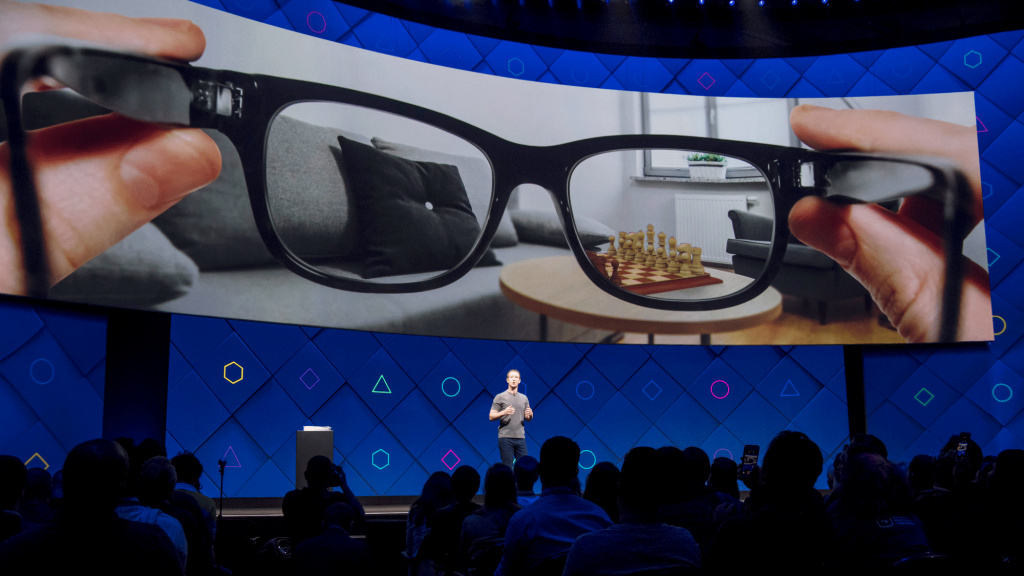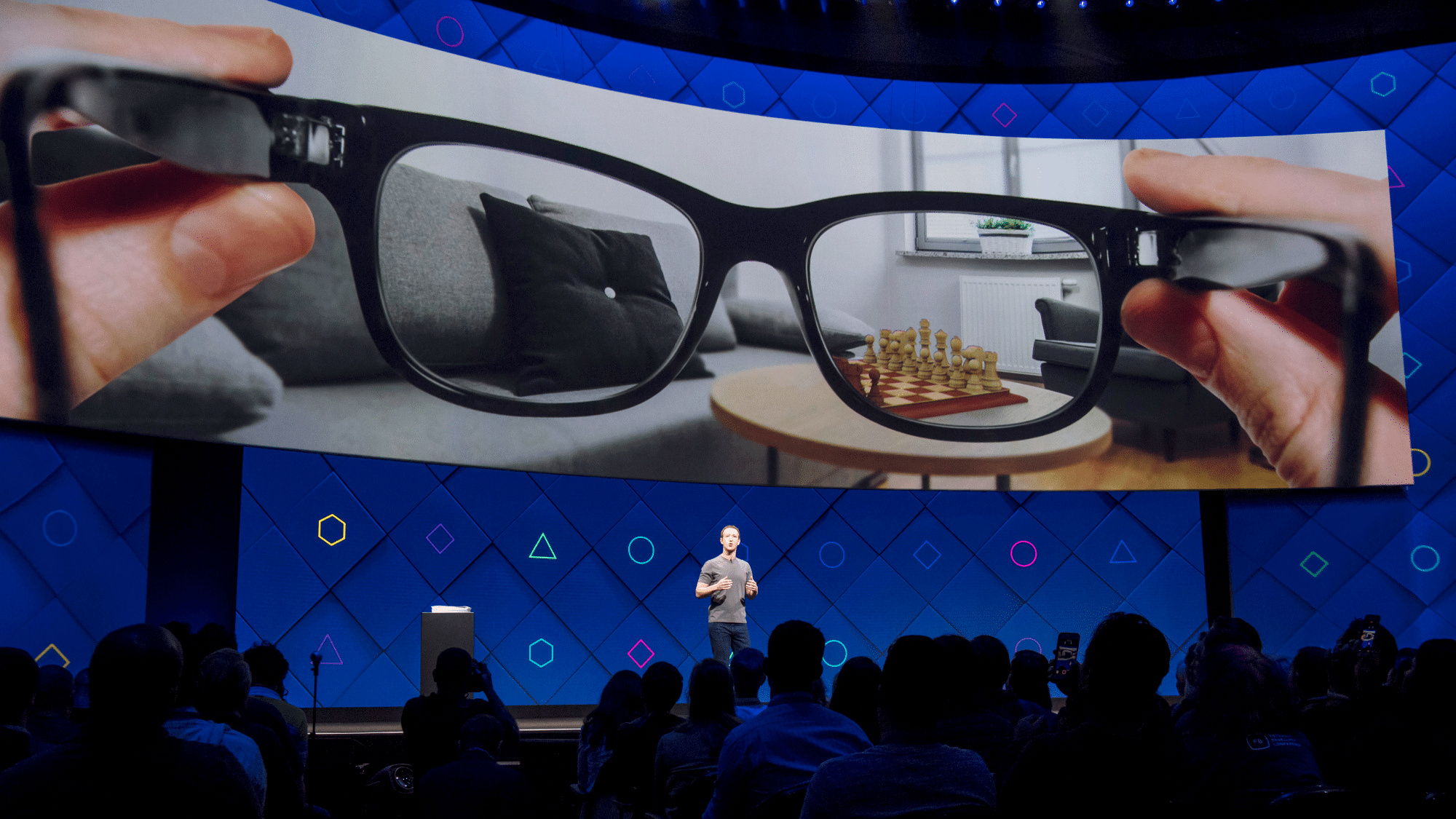Meta Hints It Might Demo A ‘Prohibitively Expensive’ AR Glasses Prototype In 2024


Meta’s CTO seemed to suggest the company could demo a highly advanced true AR glasses prototype in 2024.
Meta has been working on AR glasses for at least eight years now, spending tens of billions of dollars on the project that Mark Zuckerberg hopes will one day deliver him an “iPhone moment”.
Last year The Verge’s Alex Heath reported that Meta no longer plans to release its first AR glasses, codenamed Orion, as an actual product. Instead, Heath wrote, Meta will distribute them to select developers in 2024 and also use them as a demonstration of the future of AR.
In an interview with Heath this week in his weekly newsletter, Meta’s CTO Andrew Bosworth seemed to confirm Heath’s past reporting.
Bosworth directly confirmed to Heath that a small number of Meta employees will begin internally testing the glasses next year, and separately said “I think there’s a pretty good chance that people will get a chance to play with it in 2024.”
He also claimed, in some of the strongest terms we’ve ever seen, that the glasses are the most advanced consumer electronics device ever made:
“It’s probably our most exciting prototype that we’ve had to date.
I might get myself in trouble for saying this: I think it might be the most advanced piece of technology on the planet in its domain. In the domain of consumer electronics, it might be the most advanced thing that we’ve ever produced as a species.”
However, Bosworth also set expectations in making clear that this is a “prohibitively expensive” device that can’t actually be mass produced as a product any time soon:
“These things were built on a prohibitively expensive technology path. For us to return to this capability in a consumer electronics price point and form factor is the real work that we have ahead of us.
It’s exciting to have a device that is spectacular in what it’s able to do but it’s also a device that is not on the same technology path that we need to pursue to make it accessible to people.”
This seems to corroborate the reporting of The Information’s Wayne Ma earlier this year. Ma reported that the Orion prototype glasses use microLED displays and silicon carbide waveguides.
MicroLED is a truly new display technology, but no company has yet figured out how to affordably mass produce it. It’s self-emissive like OLED, meaning pixels output light as well as color and don’t need a backlight, but is more power efficient and can theoretically reach much higher brightness. This makes it uniquely suitable for glasses, which need to be usable on sunny days yet powered by a small and light battery. In 2019, Facebook secured the entire future output of a startup supplier, but Ma reported the companies still haven’t been able to achieve a high manufacturing yield, meaning they can only produce a small number of displays at a high cost.
The silicon carbide waveguides are also proving challenging to procure. The material can deliver a wider field of view than the glass waveguides used in current transparent AR headsets, but it is also incredibly expensive. Further, Ma’s report explained that because the material is used in military radars and sensors, the US government imposes strict export controls on it. That means glasses using it will have to be assembled inside the US, significantly raising the production cost, despite most of the manufacturing and components coming from China and Taiwan.

To ship AR glasses as an actual mass producible product, Ma reports Meta will use downgraded components: LCoS displays and glass waveguides.
LCoS displays are essentially LCD microdisplays, though using reflection instead of transmission to form an image. LCoS isn’t a new technology, it has been used in movie projectors since the 90s as well as in AR products like HoloLens 1 and Magic Leap 2. They are less power efficient and less bright than microLED has the potential to be, but much less expensive in the short term.
While the silicon carbide waveguide in the Orion glasses can reportedly achieve a field of view around 70° diagonal, the glass waveguide in the actual product will only have a field of view of around 50° diagonal, like HoloLens 2 and Nreal. We harshly criticized the field of view of both HoloLens 2 and Nreal Light in our reviews of each product. For comparison, opaque headsets which use camera passthrough have fields of view well in excess of 100° degrees diagonal.
Ma reported that the goal is to ship this AR glasses product around 2027.
| Orion Prototype | Consumer Product | |
| Planned Production (Year) |
1000 (2024) |
~50,000 (2027) |
| Displays | MicroLED | LCoS |
| Waveguides (Field of View) |
Silicon Carbide (70° diagonal) |
Glass (50° diagonal) |
These downgrades reflect the wider difficulties across the industry in the struggle to try to bring transparent AR glasses out of the realm of science fiction and into real products. Apple reportedly postponed its full AR glasses “indefinitely” earlier this year, and Google reportedly killed its internal glasses project in favor of making the software for third parties instead.





